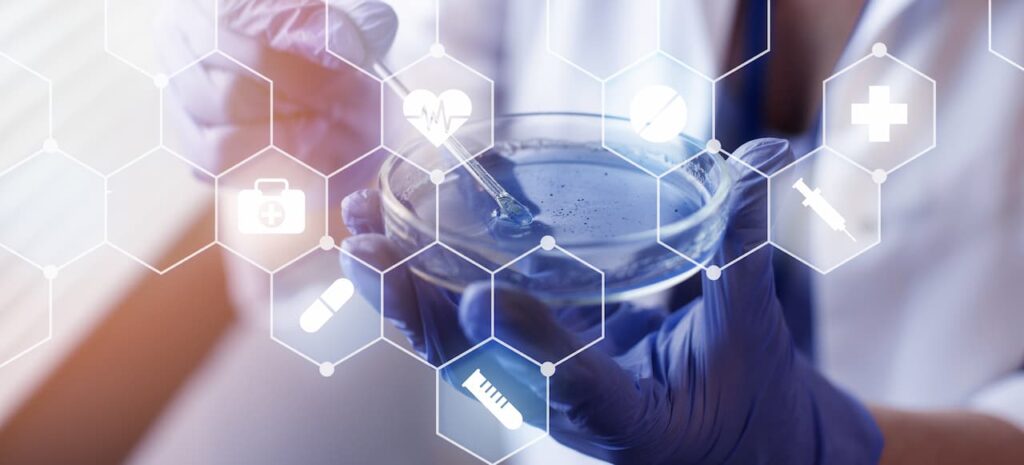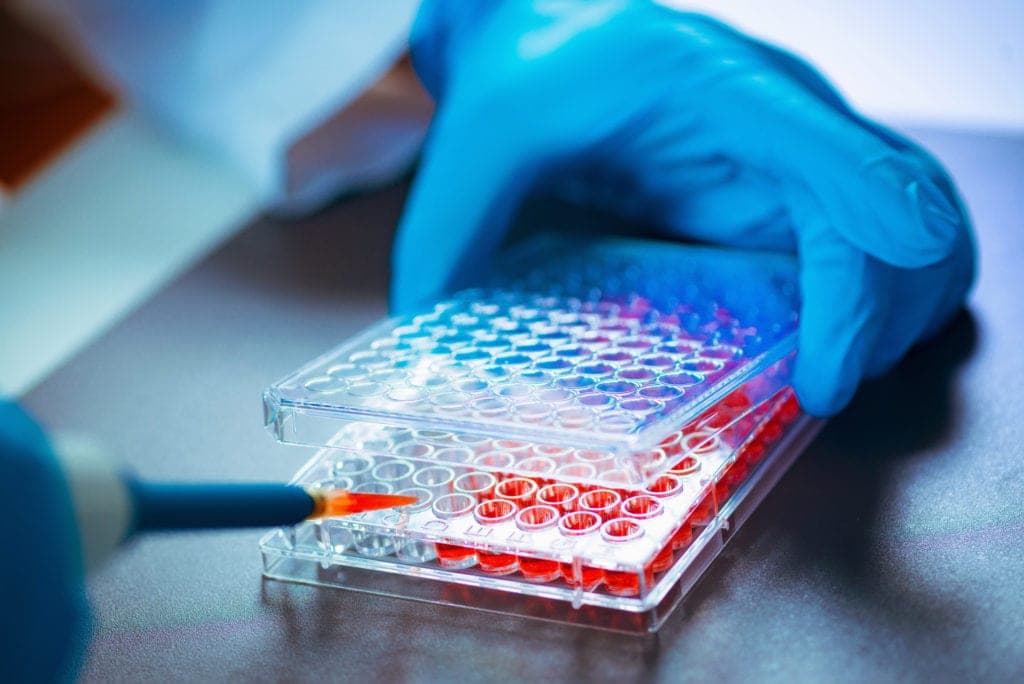The field of medicine has seen remarkable advancements over the past few decades, largely driven by the rapid development of technology. From diagnostic tools to treatment methods, technological innovations have reshaped the landscape of healthcare, improving patient outcomes and making medical procedures more efficient. In this article, we will explore three key areas where technology is making a significant impact in medicine: diagnostic advancements, treatment innovations, and the integration of digital health.
Diagnostic advancements
One of the most critical areas where technology has made a profound impact is in diagnostics. The advent of sophisticated imaging techniques, such as Magnetic Resonance Imaging (MRI), Computed Tomography (CT) scans, and Positron Emission Tomography (PET) scans, has revolutionized how diseases are detected and monitored. These imaging technologies provide detailed insights into the human body, allowing for early detection of conditions that might not be visible through traditional diagnostic methods.
In addition to imaging, molecular diagnostics have become a game-changer. Techniques like Polymerase Chain Reaction (PCR) and Next-Generation Sequencing (NGS) enable the identification of genetic markers and mutations associated with various diseases, including cancer. This level of precision allows for personalized treatment plans tailored to the genetic makeup of individual patients, improving the effectiveness of therapies and minimizing side effects.
Moreover, artificial intelligence (AI) is increasingly being integrated into diagnostic processes. AI algorithms can analyze vast amounts of medical data, identifying patterns and anomalies that might be missed by human eyes. For instance, AI-powered tools are being used to read radiology images, providing second opinions and enhancing the accuracy of diagnoses. This not only speeds up the diagnostic process but also ensures that patients receive timely and accurate information about their health conditions.
Treatment innovations
Technological advancements are also driving significant improvements in treatment methods. One of the most notable developments is the use of minimally invasive surgical techniques. Procedures such as laparoscopic surgery and robotic-assisted surgery have reduced the need for large incisions, leading to shorter recovery times, less pain, and lower risk of complications for patients.
Robotic surgery, in particular, has gained popularity due to its precision and control. Surgeons use robotic systems to perform complex procedures with greater accuracy than traditional methods. These systems offer enhanced dexterity and visualization, allowing surgeons to operate in tight spaces within the body. As a result, patients experience quicker recovery and better outcomes.
Another area of innovation is in the field of regenerative medicine. Stem cell therapy and tissue engineering are paving the way for treatments that can repair or replace damaged tissues and organs. These technologies hold promise for treating a wide range of conditions, from spinal cord injuries to heart disease. By harnessing the body’s natural healing processes, regenerative medicine offers the potential to cure previously untreatable ailments.
Additionally, targeted therapies are revolutionizing the treatment of diseases like cancer. These therapies focus on specific molecules or pathways involved in the growth and spread of cancer cells, minimizing damage to healthy cells. Immunotherapy, a type of targeted therapy, has shown remarkable success in treating certain cancers by boosting the body’s immune system to recognize and attack cancer cells.

The integration of digital health
The integration of digital health technologies is another area where medicine is undergoing a transformation. Telemedicine, for instance, has become increasingly popular, especially in the wake of the COVID-19 pandemic. It allows patients to consult with healthcare providers remotely, reducing the need for in-person visits and making healthcare more accessible to those in remote or underserved areas.
Wearable devices and mobile health applications are also playing a significant role in monitoring and managing health. Devices like smartwatches can track vital signs, physical activity, and even detect irregular heart rhythms. This real-time data allows individuals to take a proactive approach to their health, while healthcare providers can use this information to make more informed decisions about treatment and care.
Moreover, the use of big data and analytics is enhancing the ability to predict and prevent diseases. By analyzing large datasets, researchers can identify trends and risk factors, leading to more effective public health interventions and personalized medicine approaches. This data-driven approach is paving the way for precision medicine, where treatments are tailored to the unique characteristics of each patient.
For healthcare providers looking to improve their online visibility and reach more patients, incorporating effective SEO strategies is essential. By optimizing their websites for search engines, they can ensure that patients looking for specific medical information or services can find them easily. To learn more about how SEO can benefit your medical practice, visit Dr. Seo.






